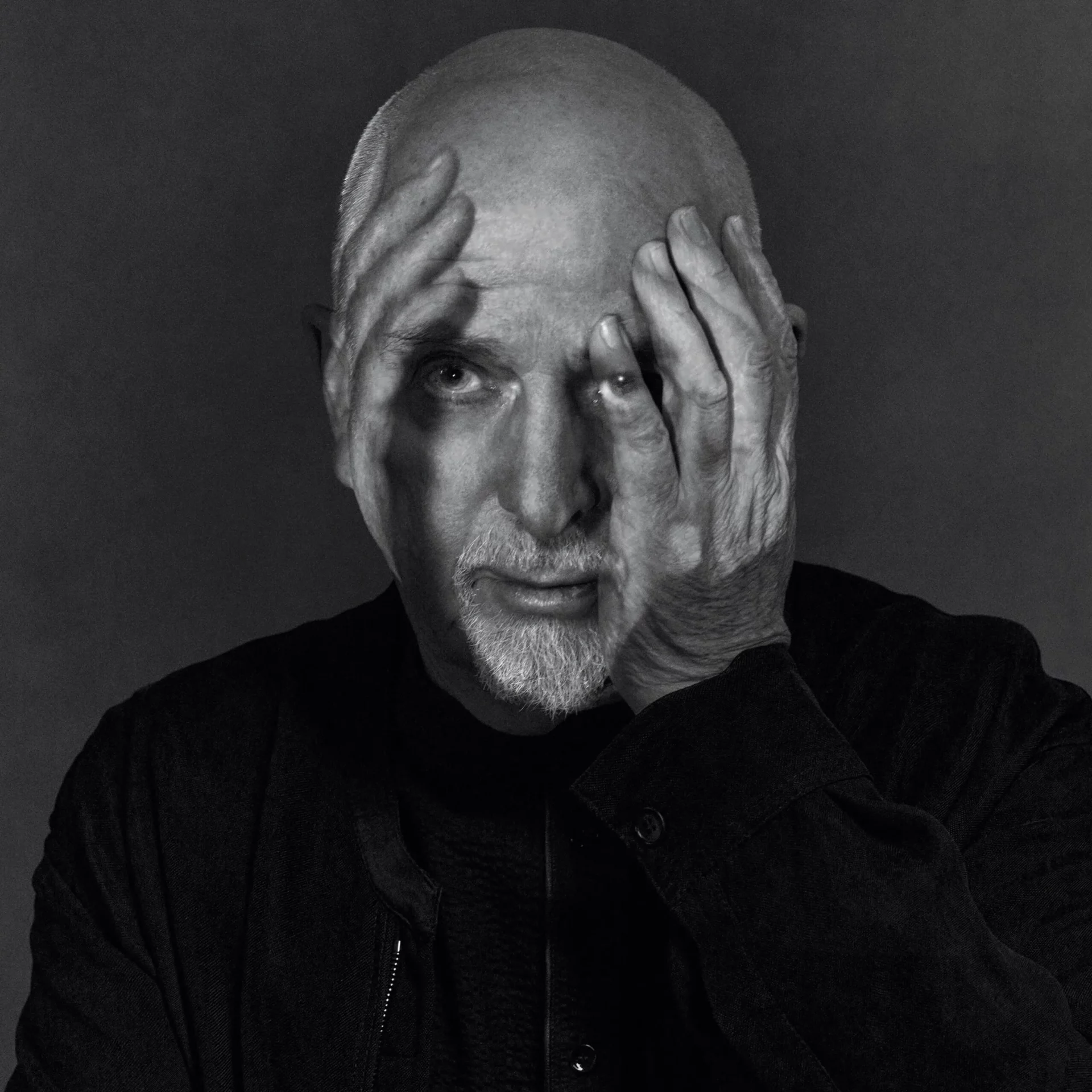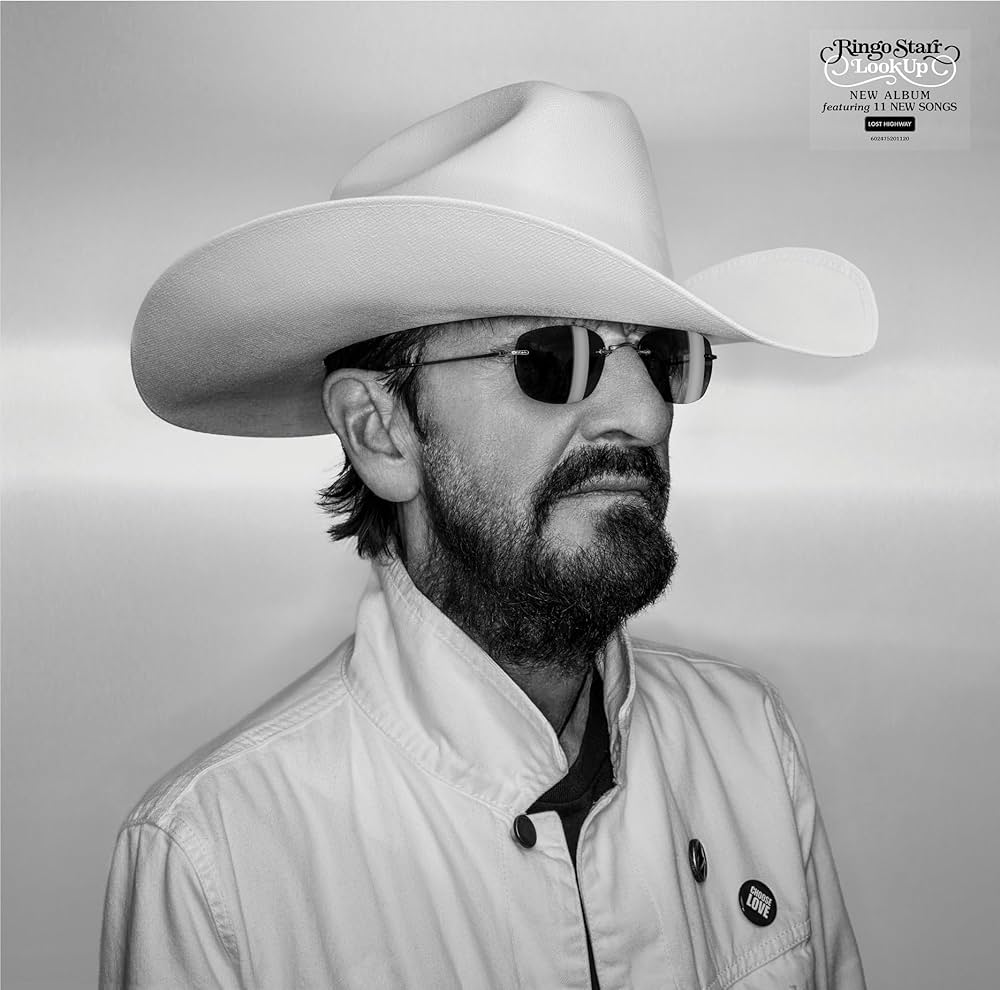Peter Gabriel has always known how to maintain an excellent balance between commercial considerations and artistic and experimental elements in his music. Inevitably optimistic, sometimes chaotic, and always profound. His voice, much like his personality, is complex and unique.
Since leaving Genesis in the mid-1970s, he released album after album, culminating in 1986 with “So,” the most successful album of his career. Since then, his releases have had increasingly longer intervals: Us in 1993, Up in 2002, and finally, 21 years later, his first entirely new album, I/O.
I/O is an album that I had to listen to numerous times before I could even begin to unravel it. There is much to listen to and much to say, not only about the songs but also about the original way in which the album was released.
When Gabriel announced a new album, he clarified that its release would be a gradual process, releasing a new song with each full moon over a year, and then compiling the 12 songs that make up the album, releasing it as a unified whole.
Furthermore, each song was released in two different versions: Bright-Side Mix and Dark-Side Mix. In essence, it is the same song, made up of exactly the same set of recordings made by Gabriel and his band; the difference between the two versions is that they were mixed by two different mixing engineers, each with their own sound and aesthetic philosophy.
At the moment, I prefer the Bright-Side Mix version of the songs. Perhaps the difference between the two versions is not that great, but for me, it is noticeable: the Bright-side version, done by Mark “Spike” Stent, sounds very clean, with great clarity and depth, with a polished sound that I can immediately associate with the traditional sound of a high-level record.
The Dark-side version, done by Tchad Blake, sounds like the alternate version, with a more aggressive and distorted sound that I could associate with edgier and less mainstream music. Each version also showcases different elements of the songs.
And one more thing: in tune with the moon theme, the names given to the two versions reference the two sides of the moon, namely its bright side and dark side.
Anyway, during the first few months, with each full moon, I was attentive to each new release, but I confess that I eventually lost track and decided that I would prefer to wait until the album was complete to listen to it from beginning to end. Finally, it is available in the form of a double album that includes both versions of the mixes.
The parallel existence of these two versions is very interesting to me. It not only illustrates how two different mixing engineers can make a song, made up of exactly the same recordings, sound different, but it also creates the opportunity to expand the album’s life cycle, giving the listener the chance to explore a different interpretation of the songs, after getting tired of listening repeatedly to one of the versions.
Additionally, and to make this matter of the different versions even more complicated, there is one more version of the album: In-Side Mix, which is the name of the already standard version in Dolby Atmos, the immersive and enveloping audio format, increasingly adopted by the music industry.
Nowadays, all releases by recognized artists are expected to include a Dolby Atmos version, in addition to their normal stereo version. I/O is no exception, only that in its case, there are three versions of the album in its entirety: Bright-Side Mix and Dark-Side Mix, both in stereo, and finally, In-Side Mix, the Dolby Atmos version.
Perhaps for some, it may be too much. For my part, although I like the Dolby Atmos format, I am not yet completely convinced by it, nor do I consider it necessary, or that it will prevail. I believe that for the simple reason that humans have two ears, the stereo format will remain the standard. At least for now. Nevertheless, it is a fact that the Dolby Atmos format has grown in use, and I imagine it will continue to do so.
And in relation to the existence of the two stereo versions of I/O, I find it a very successful and interesting experiment on Gabriel’s part, and I would love to see more artists following the same path with their new albums.
So, having said that, I will finally mention the music of I/O. The first thing I want to emphasize is that Peter Gabriel has said that he has been composing and working on the songs that make up this album for a very long time, approximately since the time of Up, and this is evident. All the songs are very elaborate, with multiple parts and arrangements, all very well thought out and executed, and sounding impeccably.
There is so much to listen to, so many details everywhere, which makes it a bit difficult to assimilate all the content of the album until you have listened to it multiple times, but I can say that with each new time I listen, I have been finding more meaning and appreciation for the songs.
The style is typical of Gabriel, something that we could vaguely describe as art-pop, with some experimental aspects and nuances of world music. More than innovative songs, I think it is a perfected, more expansive, and dense version of the music that Peter Gabriel has made during his solo career.
Everywhere there are guitars, strings, pianos, female choirs, electronic sounds, and percussion, all intrinsically positioned, never competing, but complementing each other in a very harmonious way.
In a couple of songs, there are trumpets that make a clear reference to the sound of the 80s, something I find a bit cheesy, but luckily their use is limited.
Several songs move slowly, with a piano base and a deep atmosphere, over which Gabriel sings with absolute feeling. These are some of my favorite moments of the album.
In my opinion, I/O equals, and in some ways even surpasses, Gabriel’s most celebrated albums, such as So and III (better known as Melt). I believe that without a doubt, I/O is the best-sounding album of his entire career. Recorded and produced at Real World Studios, his famous studio in Wiltshire, he was able to take full advantage of all the modern technological recording advances for the creation of an exquisite album that sounds absolutely perfect.

And at the center of all the music is the star, the unmistakable voice of Gabriel, surprisingly in top form, considering his venerable age of 73. While many singers, over the years, begin to sound different, and even bad, this does not apply to Gabriel, who does not sound very far from how he sounded in his youth. I celebrate this.
It is no surprise that I/O has been very well received, even reaching number 1 in several countries. It is a beautiful, complex, elaborate, and profound work of art. I highly recommend that everyone takes the time to immerse themselves in I/O and listen to it the necessary number of times to explore and assimilate it.






